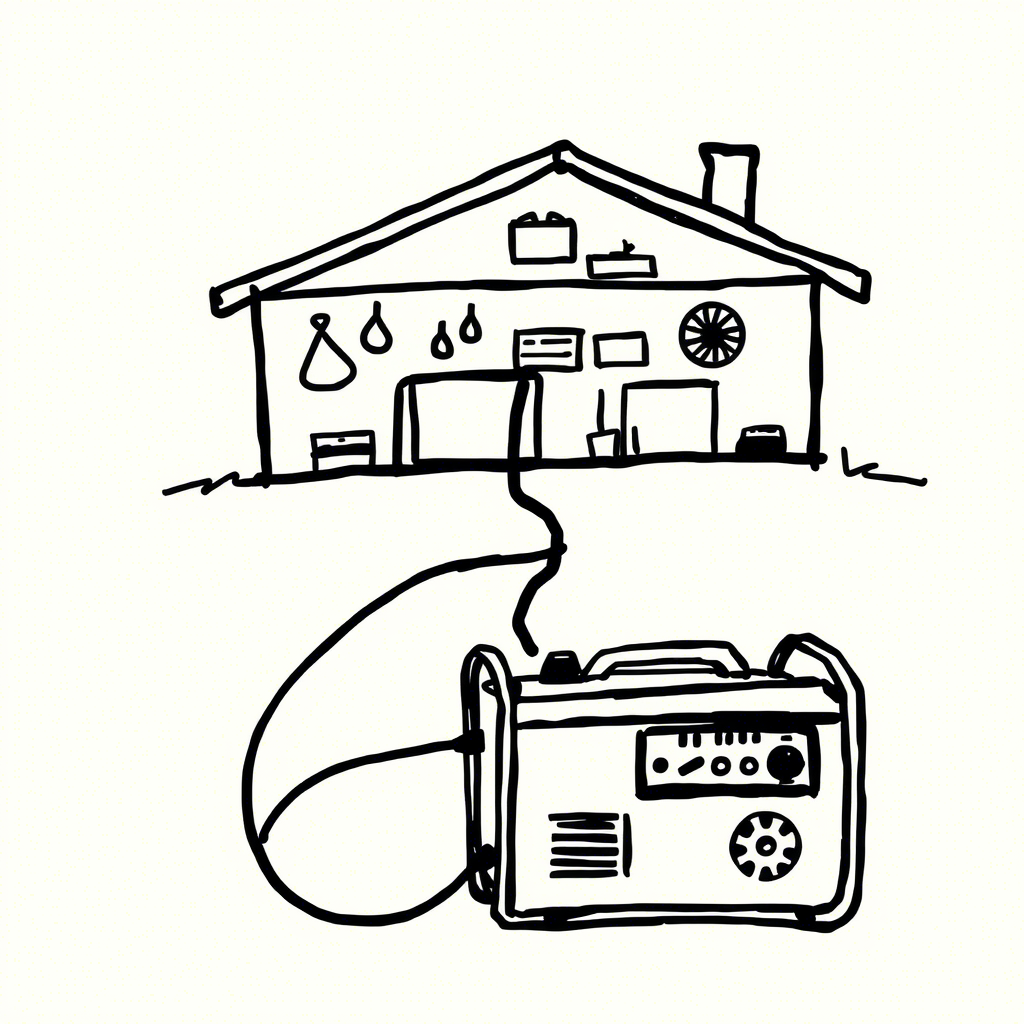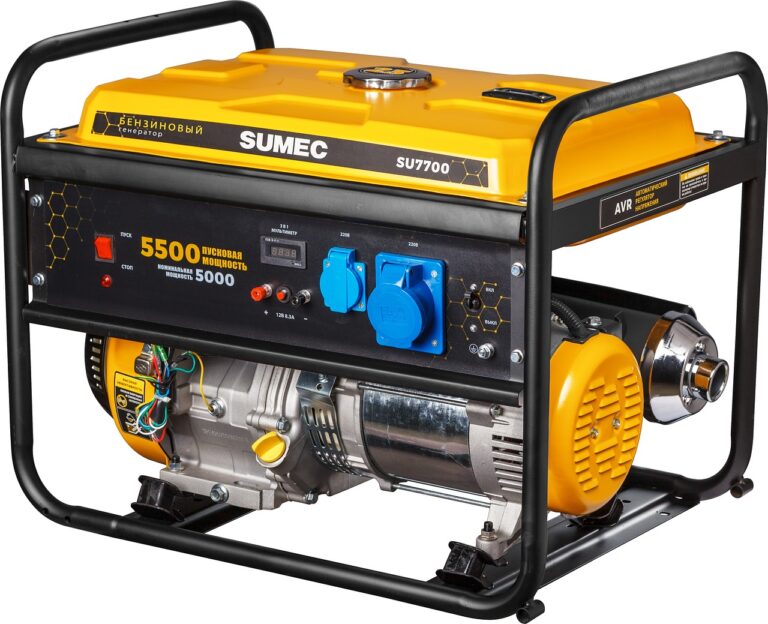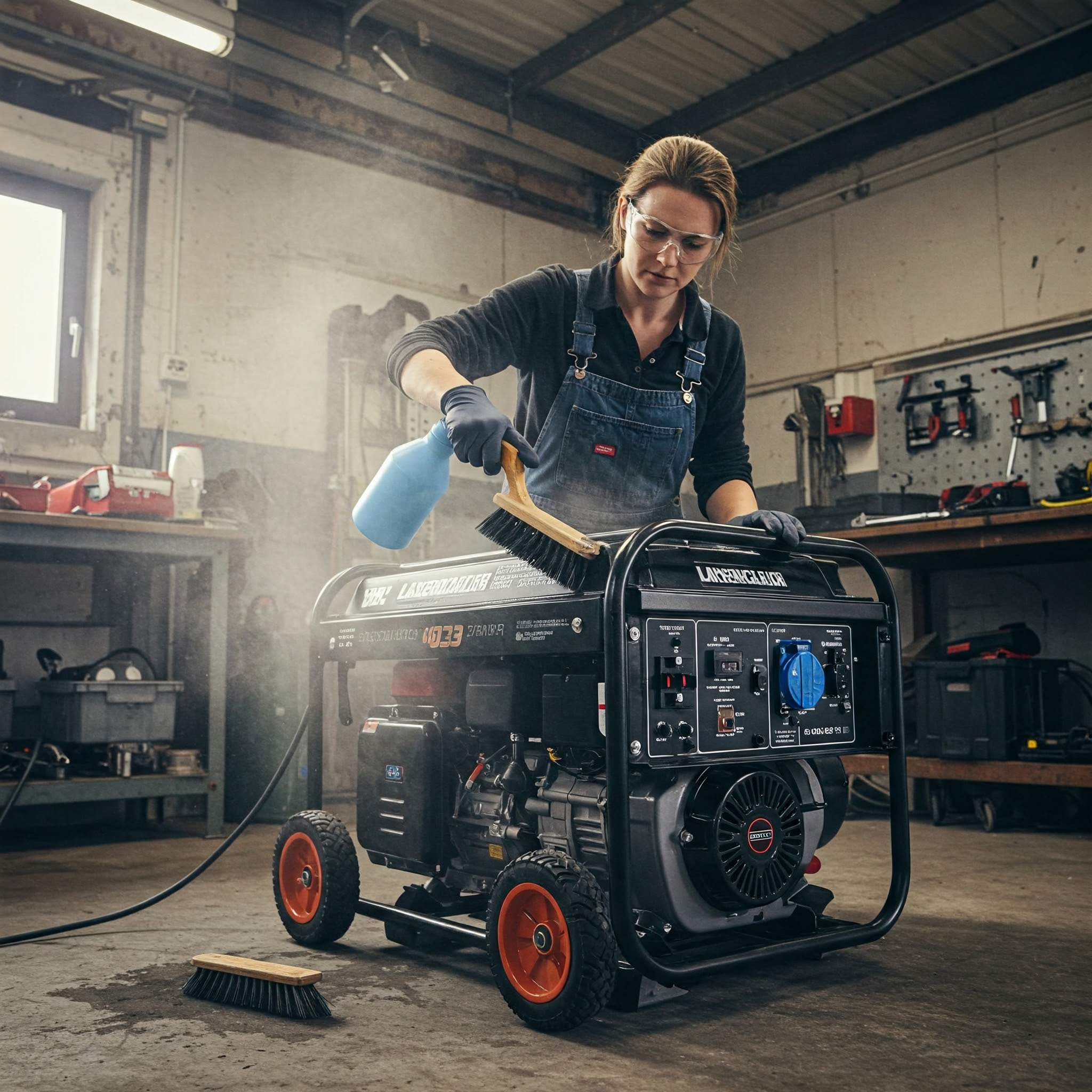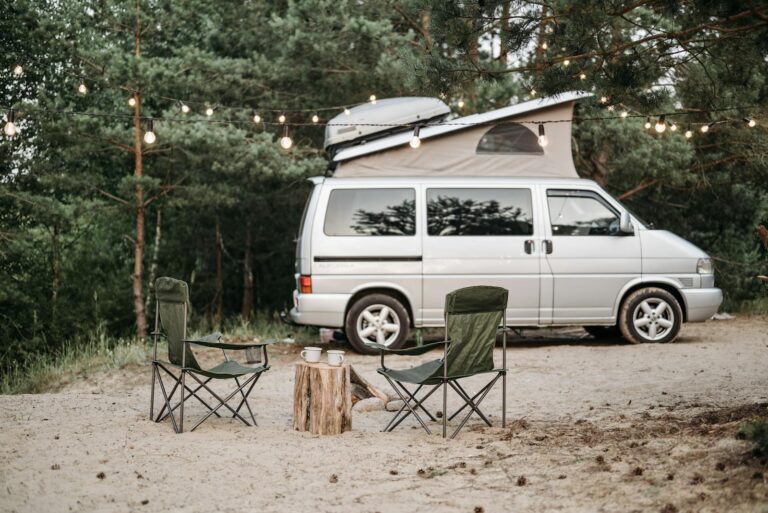How are power Generators Connected To House?
Power generators can be a lifesaver in a variety of situations, providing a reliable source of electricity during outages or serving as a portable power supply for outdoor events and construction sites. If you have a power generator and are considering connecting it to your house, there are a few different methods to consider. In this article, we will explore the different ways to connect a power generator to a house and provide some tips on how to do it safely and effectively.
How Generators are Connected to Houses
There are a few different ways that power generators can be connected to a house, depending on the specific needs and characteristics of the house and the generator. Here are a few common methods of connecting a power generator to a house:
- Transfer switch: One of the most common methods of connecting a power generator to a house is through the use of a transfer switch. A transfer switch is a device that is installed in the electrical panel of a house and is used to safely transfer the electrical load from the main power source (such as the power company) to the generator. When the main power source fails or is disconnected, the transfer switch automatically switches to the generator as the power source. This allows the generator to power the house without the risk of electrocution or damage to the electrical system.
- Plug-in method: Another way to connect a power generator to a house is through the use of a plug-in method. This involves using a special adapter cord that allows the generator to be plugged directly into a standard wall outlet in the house. This method is typically used for smaller generators that do not have the capacity to power the entire house and is not recommended for larger generators due to the risk of overloading the electrical system.
- Hardwired connection: For larger generators that have the capacity to power the entire house, a hardwired connection may be used. This involves installing a special receptacle on the generator and running a heavy-duty power cord from the generator to the electrical panel of the house. The power cord is then connected to a circuit breaker in the electrical panel, allowing the generator to power the house. This method is typically more complex and requires the services of a licensed electrician.
Transfer Switch
One of the most common methods of connecting a power generator to a house is through the use of a transfer switch. A transfer switch is a device that is installed in the electrical panel of a house and is used to safely transfer the electrical load from the main power source (such as the power company) to the generator. When the main power source fails or is disconnected, the transfer switch automatically switches to the generator as the power source. This allows the generator to power the house without the risk of electrocution or damage to the electrical system.
Installing a transfer switch requires the services of a licensed electrician and typically involves the following steps:
- Choose the appropriate transfer switch: Select a transfer switch that is compatible with the generator and the electrical panel of the house. Make sure to follow the manufacturer’s instructions for sizing the transfer switch correctly.
- Install the transfer switch: Have a licensed electrician install the transfer switch in the electrical panel of the house. The transfer switch should be connected to the main breaker in the panel and to the generator via a heavy-duty power cord.
- Configure the transfer switch: Follow the manufacturer’s instructions for configuring the transfer switch, including selecting the circuits that will be powered by the generator.
- Test the transfer switch:

Plug-in Method
Another way to connect a power generator to a house is through the use of a plug-in method. This involves using a special adapter cord that allows the generator to be plugged directly into a standard wall outlet in the house. This method is typically used for smaller generators that do not have the capacity to power the entire house and is not recommended for larger generators due to the risk of overloading the electrical system.
To connect a power generator to a house using the plug-in method, follow these steps:
- Gather the necessary materials: You will need a generator, an adapter cord, and a standard wall outlet. Make sure the generator is turned off and unplugged before proceeding.
- Plug one end of the adapter cord into the generator: The adapter cord will typically have a three-pronged plug on one end that can be plugged into the generator’s power outlet.
- Plug the other end of the adapter cord into the wall outlet: The adapter cord will also have a three-pronged plug on the other end that can be plugged into a standard wall outlet in the house.
- Turn on the generator: Once the adapter cord is plugged in, you can turn on the generator and begin using it to power appliances or devices in the house.
It is important to note that the plug-in method is only suitable for small generators and should not be used for larger generators that have the capacity to power the entire house. Using a larger generator with the plug-in method can overload the electrical system and pose a risk of electrical fires and other hazards. If you have a larger generator and want to connect it to your house, it is recommended to use a transfer switch or a hardwired connection.
Hardwired Connection
For larger generators that have the capacity to power the entire house, a hardwired connection may be used. This involves installing a special receptacle on the generator and running a heavy-duty power cord from the generator to the electrical panel of the house. The power cord is then connected to a circuit breaker in the electrical panel, allowing the generator to power the house. This method is typically more complex and requires the services of a licensed electrician.
To connect a power generator to a house using a hardwired connection, follow these steps:
- Gather the necessary materials: You will need a generator, a heavy-duty power cord, and a circuit breaker. Make sure the generator is turned off and unplugged before proceeding.
- Install a receptacle on the generator: Have a licensed electrician install a receptacle on the generator. This receptacle will be used to connect the power cord to the generator.
- Run the power cord from the generator to the electrical panel: Have a licensed electrician run a heavy-duty power cord from the generator to the electrical panel of the house. The power cord should be buried underground or run along the exterior of the house, following all local codes and regulations.
- Connect the power cord to the circuit breaker: Once the power cord is run to the electrical panel, have a licensed electrician connect it to a circuit breaker. This will allow the generator to power the house when needed.
- Test the connection: Once the hardwired connection is installed, have a licensed electrician test the connection to make sure it is functioning properly.
It is important to note that connecting a power generator to a house using a hardwired connection is a complex task that should only be performed by a licensed electrician. Never attempt to connect a power generator to a house using a hardwired connection without the proper training and equipment.




